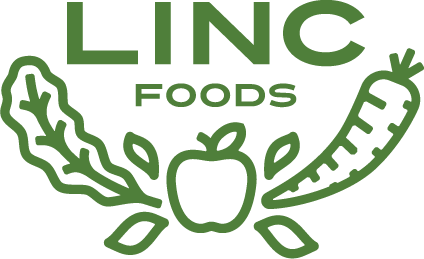New Series: Mind the GAP
I'm sure many of you have heard some reference to the seemingly vague and mystifying set of rules known as GAP (Good Agricultural Practices). Even if you've sat through a workshop with the WSDA or tried to read through the standards online, you may still find yourself scratching your head and wondering what exactly GAP is and why you should care about it. I have heard farmers say that GAP is impossible for a small farm to comply with. I have heard it said that it is fundamentally incompatible with sustainable agriculture. I have experienced many of these same concerns myself.
However, GAP is being required by more and more produce purchasers, especially larger scale/institutional ones. If the local food movement is to continue to grow and wrestle control of our food system back from transglobal corporate interests, it's of paramount importance that we as small farmers understand what these rules are, and how we can make them fit within a holistic and sustainable farming system. And while GAP is not federally mandated at this point, it is entirely possible GAP may be incorporated into a future version of the Food Safety Modernization Act (FSMA).
Joel and I are totally committed to helping our farmers become GAP certified in a way that is as unobtrusive and easy as possible. We know that it is important to achieve this in order to continue to build the strength of our local food movement, and we also totally understand the reservations many of our farmers have about added cost and paperwork that comes with GAP certification. We recently won a $15,000 grant from the Wallace Center and we are pursuing matching funds from some local foundations to help us give tangible, on-the-ground support you our farmers to help them achieve GAP certification. Through this grant we will be offering webinars, field days, individual farm visits with a food safety specialist, and mock food safety audits. As part of this effort, we will also be blogging about all the components of GAP certification to help clarify each component. We will try to go through one or two sections of each audit per week, so stay tuned as we attempt to explain this complicated food safety certification in plain old English.

